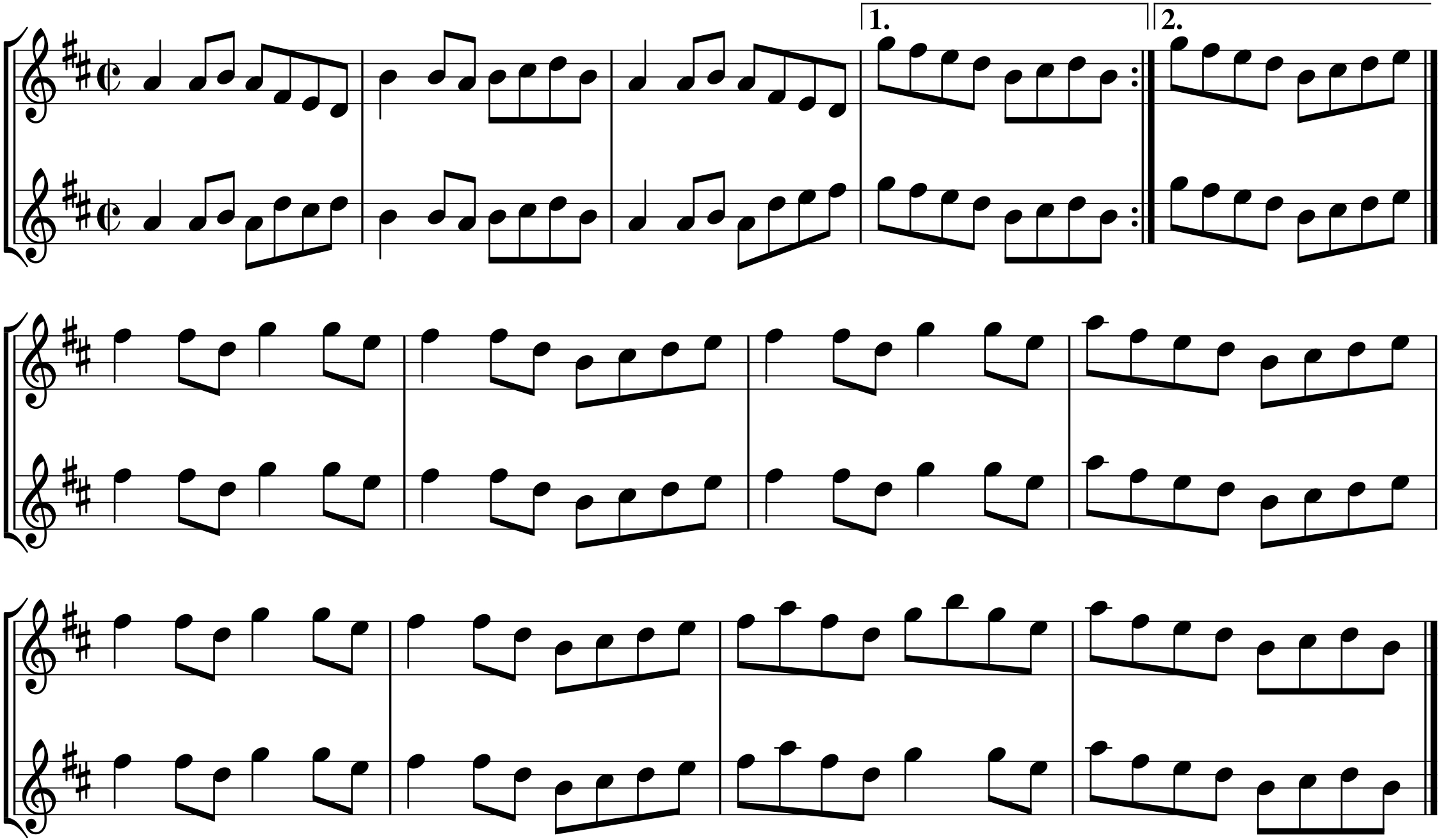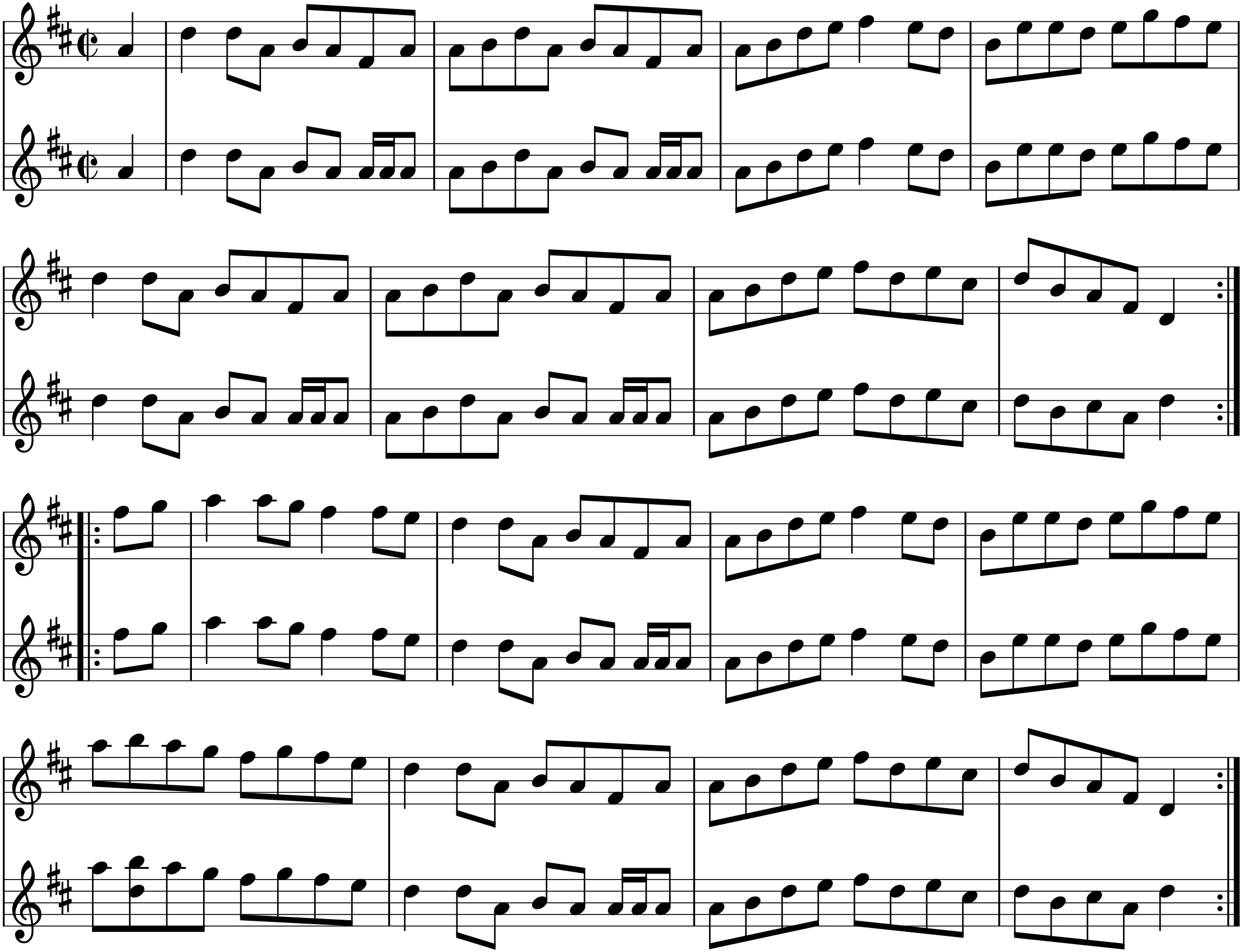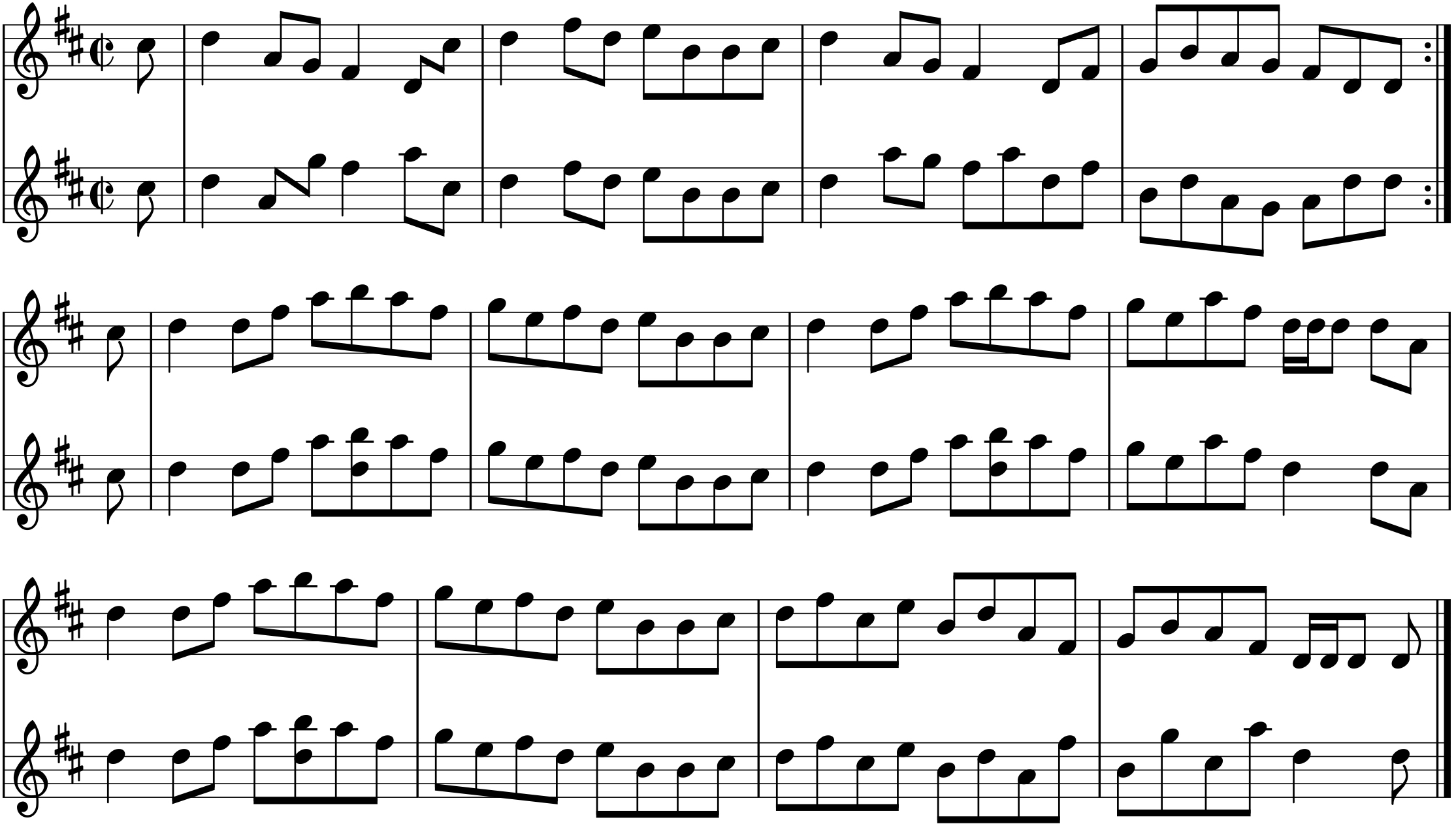Sessioneering ~ Strategies for Pipers
Matt Seattle offers advice on joining in with tunes beyond the pipe range
If you’re a piper who attends music sessions in Scotland, or sessions where Scottish music is played, you’ll be aware of two obvious categories of tunes – those that are pipe tunes or lie within the 9-note scale, and those that aren’t, and don’t. But you’ll also have noticed a third category, tunes which are in a key appropriate for the pipes and which have many pipeable passages but go frustratingly out of range here and there. A frequently adopted strategy for such tunes is to replace the inaccessible passages, the best known example being Scotland the Brave, where everybody knows that four bars of the pipe version bear no relation to the original tune. If we’re musically uncomfortable with this kind of topping and/or tailing of tunes that don’t quite fit the chanter, the obvious strategy is to sit out and wait for, or strike up, something more suitable. There is another option, though, which is to come up with passages which harmonise with the tune, so that, while we don’t achieve monophony, we avoid cacophony.
It’s beyond the scope of a short article to set out the multiple procedures for harmony, the subject of several large books, but I’ll give a few examples, all of them reels in D. In each case the top stave is ‘the tune’ and the lower stave is ‘the strategy’ for playing along with it on the pipes. The first is a well-known Scots reel.
Our second example is a popular Irish session tune. Note the replacement of the A-F# pair with an A birl (we can also use this strategy in Jenny Dang The Weaver rather than the piper’s low G which clashes with the fiddler’s F#).
Our third tune isn’t one I’d have thought of playing on the pipes had it not been part of a Border tunes medley which gets a regular airing at my local session. Here the piper’s strategy moves further away from the tune but, as with our previous strategies, manages to be melodic in its own right. The tune’s title is often misunderstood: in 19th century Scots usage ‘randy’ is ‘sharp-tongued’ rather than ‘lecherous’, should anyone get the wrong idea or, worse, undertake an ill-advised journey.
The Wind That Shakes The Barley

Our second example is a popular Irish session tune. Note the replacement of the A-F# pair with an A birl (we can also use this strategy in Jenny Dang The Weaver rather than the piper’s low G which clashes with the fiddler’s F#).
The Merry Blacksmith

Our third tune isn’t one I’d have thought of playing on the pipes had it not been part of a Border tunes medley which gets a regular airing at my local session. Here the piper’s strategy moves further away from the tune but, as with our previous strategies, manages to be melodic in its own right. The tune’s title is often misunderstood: in 19th century Scots usage ‘randy’ is ‘sharp-tongued’ rather than ‘lecherous’, should anyone get the wrong idea or, worse, undertake an ill-advised journey.
The Randy Wives of Greenlaw


